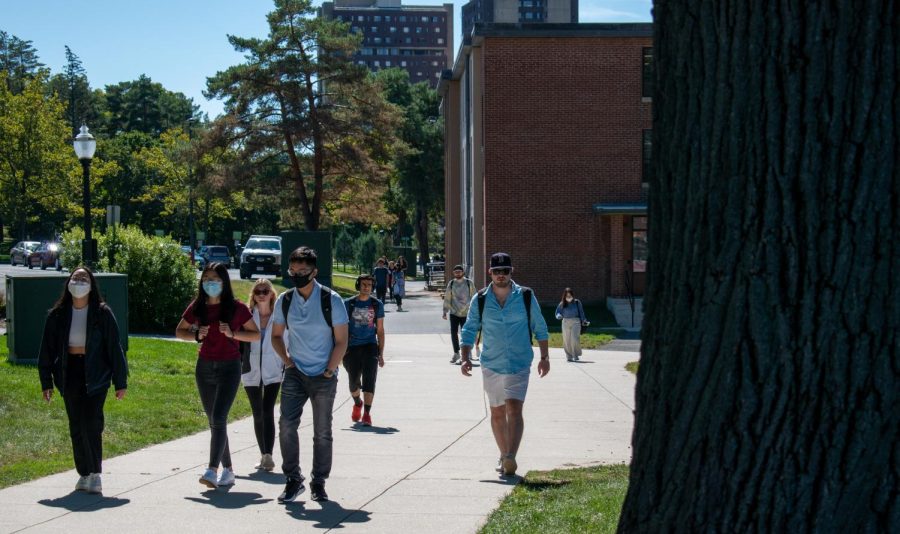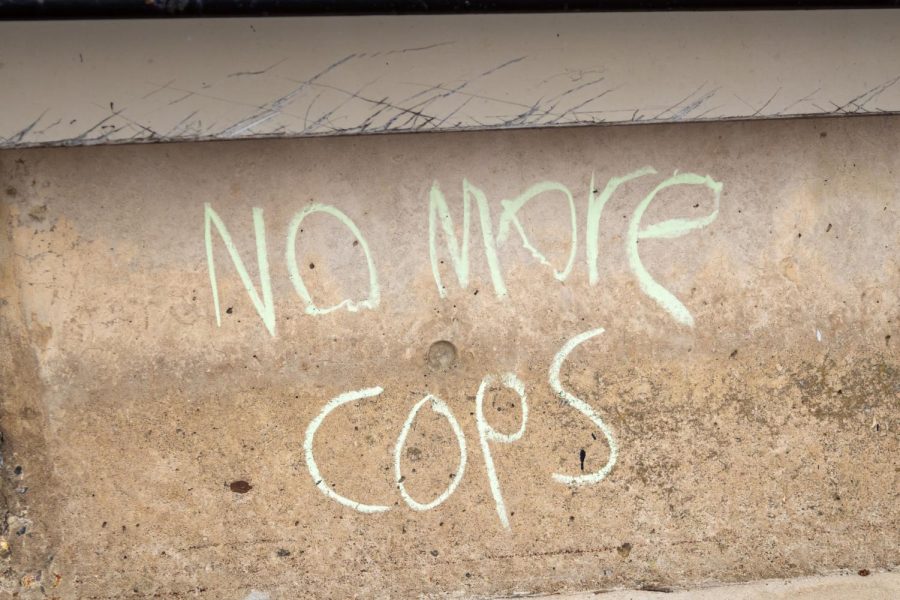The Office of Equity and Inclusion at the University of Massachusetts states on its website that “UMass Amherst has a long-standing commitment to social progress and social justice. We value diversity and equity and strive for inclusive excellence in our classrooms, research labs, residence halls, workspaces, and beyond.”
The key term in this passage, “equity,” which sounds very similar to “equality,” has become one of the central topics of our national political and philosophical debate. What does this term exactly mean, and are the applications of this term really the ideal solution to our broader societal problems?
Famed Greek philosopher Aristotle defined two kinds of equality, numerical and proportional. Numerical equality is when we treat all persons indistinguishably, meaning we distribute the same quantity of goods per person. Proportional equality, on the other hand, is when we treat all persons in relation to their needs. If one person begins with less goods than others, the distribution will ensure that everyone ends up with the same quantity of goods. In the modern context, numerical equality is what we call “equality,” and proportional equality is what we call “equity.”
There is a viral illustration on the internet depicting three people by a fence trying to watch a baseball game. Under equality, each person is given a crate that they can stand on to have better views. While the tall person and the medium person can see the game over the fence, the shorter person still cannot see. Under equity, the three crates are divided into two for the short person and one for the medium person, allowing everyone to watch clearly over the fence.
From this illustration alone, it may seem like equity is always the fair solution that makes everyone happy. But when we consider real-world applications of equality and equity, we must carefully examine each scenario to determine which solutions would be more just.
A scenario to consider is the question of whether we want equal or equitable treatment under the law. If we choose equity, should someone rich and with a good lawyer require a higher burden to prove innocence, and should someone poor require a lighter burden to prove innocence? Otherwise, would we want an equal treatment where people are judged the same regardless of their financial situation?
There are of course scenarios in which equity seems fairer too. Should the ability to get primary and secondary education be distributed to only those who can afford it? Should everyone have the same access to emergency services? In order to debate equity and equality, we must dive down to the specifics, break apart each scenario, and decide accordingly.
When we hear the term “equity” being used in our modern political debates, it often comes in the form of “racial equity.” In essence, calling for racial equity would mean that given the historical marginalization of certain minority groups and the current racial disparities in key statistics like median income and crime rates, large actions must be taken to fix the disparities and create a society in which there are no differences in success between racial groups. While this may seem like an ideal society, from a practical viewpoint I believe the equitable approach to these broader racial issues would not work.
Unlike the illustration with three people of different heights, the people of this country vary in many diverse ways. If we are striving for racial equity, we would first need to break all the people into different racial groups and eliminate the disparities between them. However, disparities exist within racial groups too.In 2012, Nigerian Americans had a poverty rate of 12.8 percent, lower than the U.S. national average of 14.9 and lower than the total African-American poverty rate of 27.2 percent. Given that we are striving for racial equity, this disparity would need to be fixed equitably too. Asian Americans would also need to be divided down to smaller subgroups to again be fixed equitably, and this process would repeat for every other racial subcategory.
If we are seeking true equity, we must keep adding other categories, such as sex, gender and disability status. These attributes could also be broken down, and we would eventually start requiring even more categories like economic class, citizenship status, height, weight and intelligence. There would be a continuous infinite multiplication of groups we must achieve equity with, and if it is a consensus that we do not wish a totalitarian communist government forcefully equalizing all outcomes, the call for equity in broader societal terms is bound to fail.
Kaiji Uno can be reached at [email protected].




















Alex Carson • Feb 7, 2023 at 11:35 pm
Super good article! Never thought of it this way…